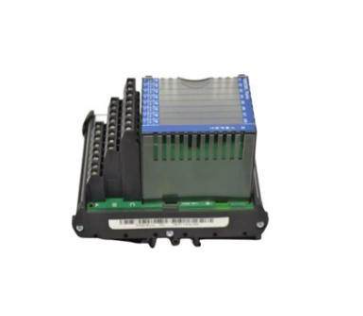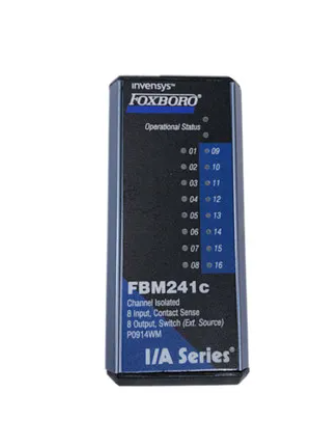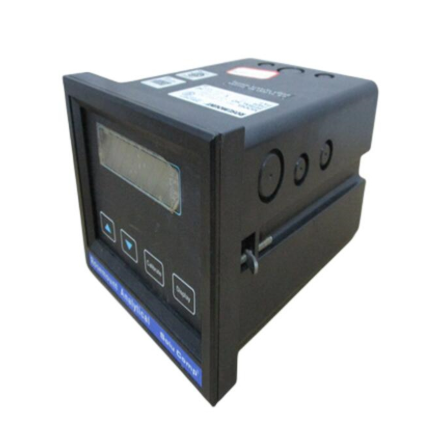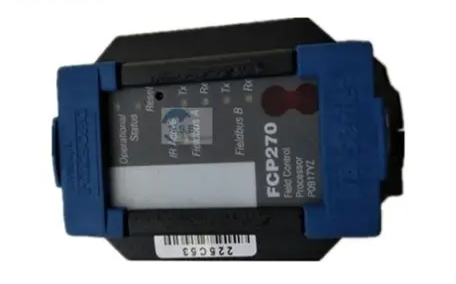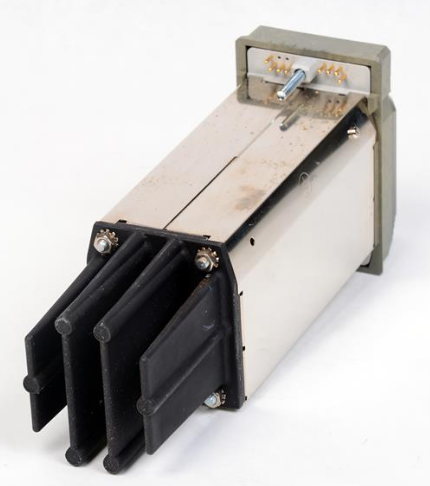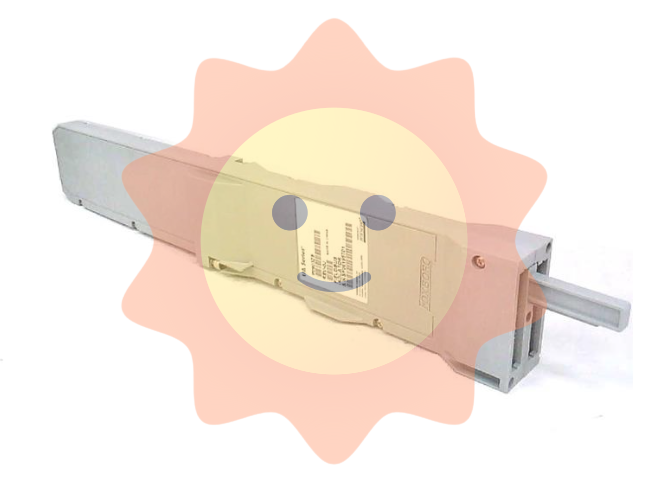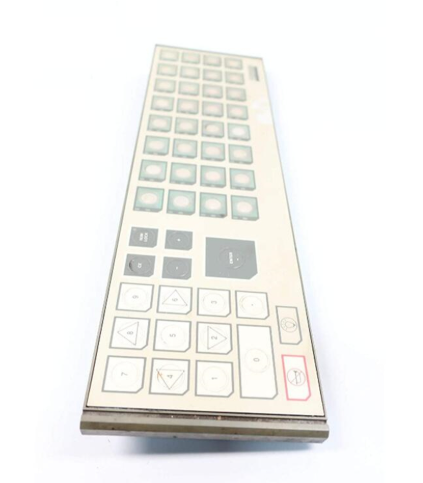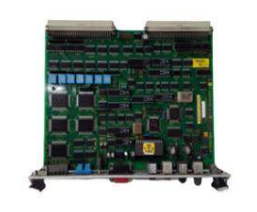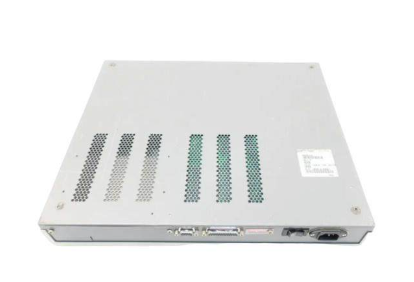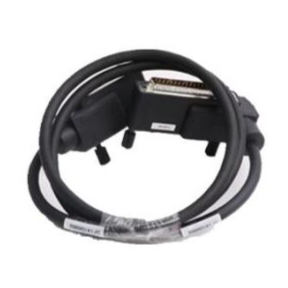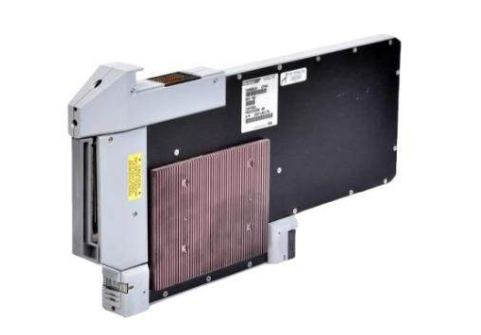Xycom XVME-240 Digitale I/O-Karte für industriellen Einsatz
Xycom XVME-240 Digitale I/O-Karte für industriellen Einsatz
Product Overview
The Xycom XVME-240 digital I/O card is a high-performance data exchange device designed specifically for industrial applications. Developed based on the VME bus architecture, it can achieve efficient input and output of digital signals in industrial control systems. In industrial automation production lines, process control, mechanical equipment monitoring and other scenarios, it plays a key role in connecting control hosts and external devices. By accurately processing digital signals, it ensures the stable operation of various links in the industrial system and provides reliable data transmission and instruction interaction support for industrial automation control.
Brand background
Xycom has been deeply involved in the field of industrial automation for many years, and has become an important participant in the global industrial control industry with its profound technical accumulation and rich industry experience. The brand always upholds the spirit of innovation, constantly explores cutting-edge technologies, and integrates them into product development. Its products are known for their high reliability, high performance, and excellent environmental adaptability, and are widely used in industrial projects worldwide, winning the trust of many industry customers and continuously contributing to the development of industrial automation.
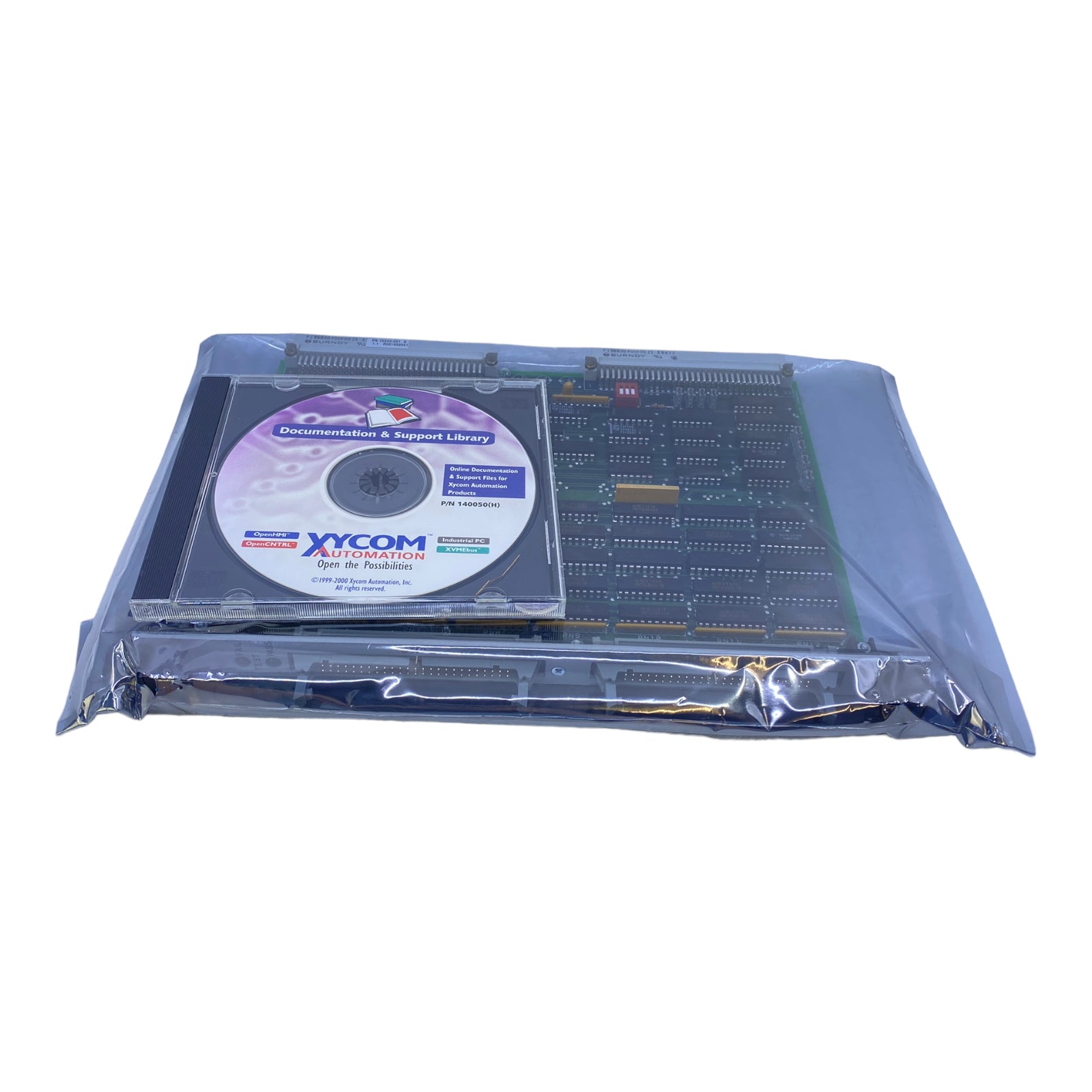
Specification parameters
I/O channel: It has 32 digital input channels and 32 digital output channels, which can simultaneously process a large number of digital signals and meet the signal interaction requirements of complex industrial systems.
Signal standard: The input signal supports multiple common industrial digital signal standards, such as TTL level signals; The output signal is also compatible with industrial standards and can stably drive various digital devices, such as relays, indicator lights, etc.
Isolation feature: Both input and output channels have electrical isolation function, and the isolation voltage can usually reach 500Vrms or above, effectively preventing signal interference and electrical noise, ensuring the accuracy of signal transmission and the safety of equipment operation.
Data transmission rate: Based on the high-speed data transmission capability of VME bus, the data transmission rate is fast, which can achieve real-time and fast processing of digital signals, meeting the strict requirements of industrial control systems for real-time performance.
Working voltage: Standard DC power supply is usually used, with a working voltage range of+5V ± 5% to ensure stable operation in industrial environments.
Core functions
Digital signal input: Real time collection of digital signal status from external devices, such as device start stop status, sensor trigger signals, etc., and conversion of these signals into digital quantities for transmission to the VME bus system for analysis and processing by the control host.
Digital signal output: According to the instructions of the control host, digital signals are output to external devices to achieve control of the equipment, such as controlling the start and stop of motors, opening and closing valves, and accurately executing the control logic of industrial control systems.
Signal isolation and protection: Through electrical isolation design, effectively isolate electrical interference between external equipment and internal systems, prevent abnormal situations such as overvoltage and overcurrent from causing damage to the system, and improve the stability and reliability of the system.
Status monitoring and feedback: It has channel status monitoring function, which can monitor the signal status of each I/O channel in real time and feedback the status information to the control host, making it easy for operators to timely understand the equipment operation status, diagnose and handle faults.
Working principle
Signal input process: When the digital signal from an external device is connected to the input channel of XVME-240, it first undergoes signal conditioning through an input buffer circuit to enhance signal stability and driving capability. Then, the signal enters the isolation circuit and is electrically isolated through photoelectric coupling or other isolation techniques to eliminate external interference. The isolated signal is converted into a digital logic level and transmitted to the internal data buffer register, waiting for the control host to read it through the VME bus.
Signal output process: The control host sends output instructions and data to the internal registers of XVME-240 through the VME bus. After processing, the data is transmitted to the output buffer circuit for signal driving and level conversion. The converted signal is then isolated by an isolation circuit and finally output to external devices to control the operating status of the equipment. Throughout the process, the logic control circuit inside the card coordinates the work of various parts to ensure accurate transmission and processing of signals.
Key advantages
High reliability: Using industrial grade electronic components and rigorous circuit design, after strict quality inspection and environmental testing, it can operate stably in harsh industrial environments such as high temperature, humidity, strong electromagnetic interference, etc., reducing equipment failures and downtime.
- EMERSON
- Honeywell
- CTI
- Rolls-Royce
- General Electric
- Woodward
- Yaskawa
- xYCOM
- Motorola
- Siemens
- Rockwell
- ABB
- B&R
- HIMA
- Construction site
- electricity
- Automobile market
- PLC
- DCS
- Motor drivers
- VSD
- Implications
- cement
- CO2
- CEM
- methane
- Artificial intelligence
- Titanic
- Solar energy
- Hydrogen fuel cell
- Hydrogen and fuel cells
- Hydrogen and oxygen fuel cells
- tyre
- Chemical fiber
- dynamo
- corpuscle
- Pulp and paper
- printing
- fossil
- FANUC
- Food and beverage
- Life science
- Sewage treatment
- Personal care
- electricity
- boats
- infrastructure
- Automobile industry
- metallurgy
- Nuclear power generation
- Geothermal power generation
- Water and wastewater
- Infrastructure construction
- Mine hazard
- steel
- papermaking
- Natural gas industry
- Infrastructure construction
- Power and energy
- Rubber and plastic
- Renewable energy
- pharmacy
- mining
- Plastic industry
- Schneider
- Kongsberg
- NI
- Wind energy
- International petroleum
- International new energy network
- gas
- WATLOW
- ProSoft
- SEW
- wind
- ADVANCED
- Reliance
- YOKOGAWA
- TRICONEX
- FOXBORO
- METSO
- MAN
- Advantest
- ADVANCED
- ALSTOM
- Control Wave
- AB
- AMAT
- STUDER
- KONGSBERG
- MOTOROLA
- DANAHER MOTION
- Bently
- Galil
- EATON
- MOLEX
- Triconex
- DEIF
- B&W
- ZYGO
- Aerotech
- DANFOSS
- KOLLMORGEN
- Beijer
- Endress+Hauser
- MOOG
- KB
- Moxa
- Rexroth
- YAMAHA
- Johnson
- Westinghouse
- WAGO
- TOSHIBA
- TEKTRONIX


Email:wang@kongjiangauto.com


